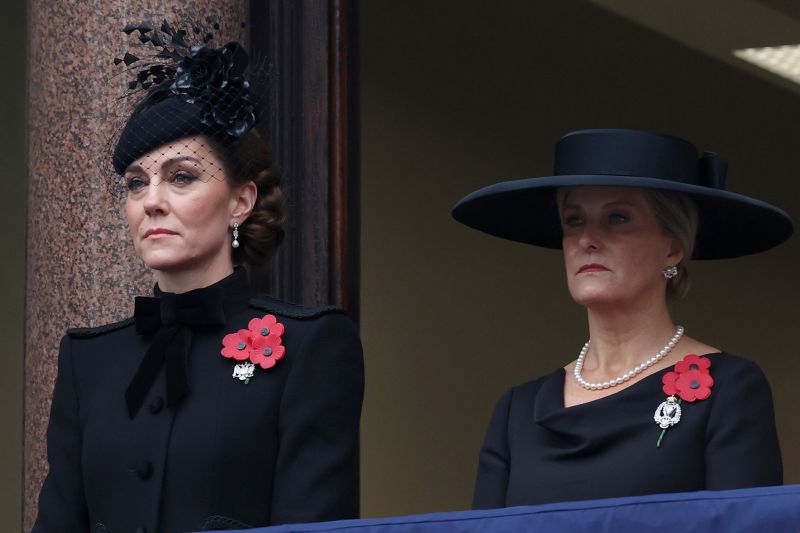 In a novel approach to catch a killer who has evaded police for over 20 years, Dutch law enforcement has turned to holography technology. They have produced a life-size hologram of a murdered sex worker named ‘Monique Roossien’ in an attempt to solve her cold case. Roossien was found with fatal injuries on the shores of a lake, in Amsterdam, in April of 2003, and her case has remained unsolved since then.
The 3D hologram of Roossien was placed along the edge of the said lake, near the location where her body was discovered. By reconstructing her last known moments and potential interactions, the police hope to trigger the memories of potential witnesses or anyone else who might have important information linked to the case.
The display also includes an information board about Roossien’s murder case, and a code that people can scan with their smartphones to leave an anonymous tip. The police believe that this innovative approach, combining the shock value and appeal of a physical hologram with the accessibility of modern technology, is a powerful reminder of the victim and the unsolved crime.
This initiative is aimed at helping the unresolved case gain attention from the public and stimulates memories of potential witnesses who may now come forward with new information. The use of this technology represents a new frontier in the pursuit of justice, merging advancements in technology with traditional investigative techniques.
In a novel approach to catch a killer who has evaded police for over 20 years, Dutch law enforcement has turned to holography technology. They have produced a life-size hologram of a murdered sex worker named ‘Monique Roossien’ in an attempt to solve her cold case. Roossien was found with fatal injuries on the shores of a lake, in Amsterdam, in April of 2003, and her case has remained unsolved since then.
The 3D hologram of Roossien was placed along the edge of the said lake, near the location where her body was discovered. By reconstructing her last known moments and potential interactions, the police hope to trigger the memories of potential witnesses or anyone else who might have important information linked to the case.
The display also includes an information board about Roossien’s murder case, and a code that people can scan with their smartphones to leave an anonymous tip. The police believe that this innovative approach, combining the shock value and appeal of a physical hologram with the accessibility of modern technology, is a powerful reminder of the victim and the unsolved crime.
This initiative is aimed at helping the unresolved case gain attention from the public and stimulates memories of potential witnesses who may now come forward with new information. The use of this technology represents a new frontier in the pursuit of justice, merging advancements in technology with traditional investigative techniques.
Dutch police use hologram in bid to solve cold case murder of Amsterdam sex worker

 In a novel approach to catch a killer who has evaded police for over 20 years, Dutch law enforcement has turned to holography technology. They have produced a life-size hologram of a murdered sex worker named ‘Monique Roossien’ in an attempt to solve her cold case. Roossien was found with fatal injuries on the shores of a lake, in Amsterdam, in April of 2003, and her case has remained unsolved since then.
The 3D hologram of Roossien was placed along the edge of the said lake, near the location where her body was discovered. By reconstructing her last known moments and potential interactions, the police hope to trigger the memories of potential witnesses or anyone else who might have important information linked to the case.
The display also includes an information board about Roossien’s murder case, and a code that people can scan with their smartphones to leave an anonymous tip. The police believe that this innovative approach, combining the shock value and appeal of a physical hologram with the accessibility of modern technology, is a powerful reminder of the victim and the unsolved crime.
This initiative is aimed at helping the unresolved case gain attention from the public and stimulates memories of potential witnesses who may now come forward with new information. The use of this technology represents a new frontier in the pursuit of justice, merging advancements in technology with traditional investigative techniques.
In a novel approach to catch a killer who has evaded police for over 20 years, Dutch law enforcement has turned to holography technology. They have produced a life-size hologram of a murdered sex worker named ‘Monique Roossien’ in an attempt to solve her cold case. Roossien was found with fatal injuries on the shores of a lake, in Amsterdam, in April of 2003, and her case has remained unsolved since then.
The 3D hologram of Roossien was placed along the edge of the said lake, near the location where her body was discovered. By reconstructing her last known moments and potential interactions, the police hope to trigger the memories of potential witnesses or anyone else who might have important information linked to the case.
The display also includes an information board about Roossien’s murder case, and a code that people can scan with their smartphones to leave an anonymous tip. The police believe that this innovative approach, combining the shock value and appeal of a physical hologram with the accessibility of modern technology, is a powerful reminder of the victim and the unsolved crime.
This initiative is aimed at helping the unresolved case gain attention from the public and stimulates memories of potential witnesses who may now come forward with new information. The use of this technology represents a new frontier in the pursuit of justice, merging advancements in technology with traditional investigative techniques.

